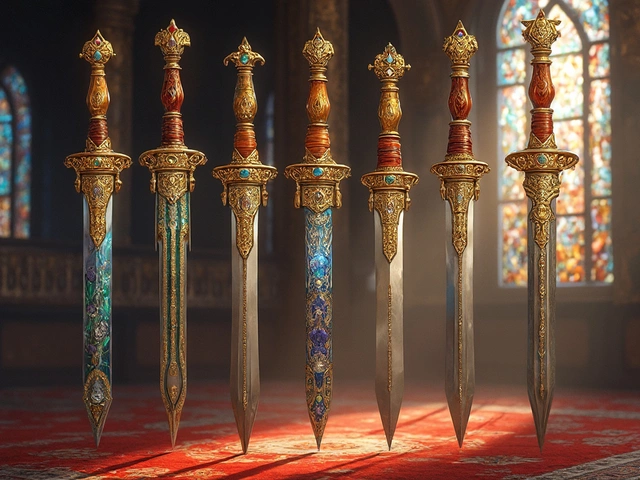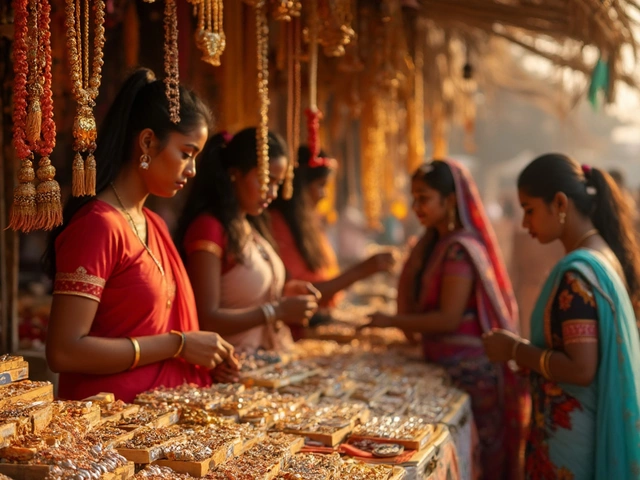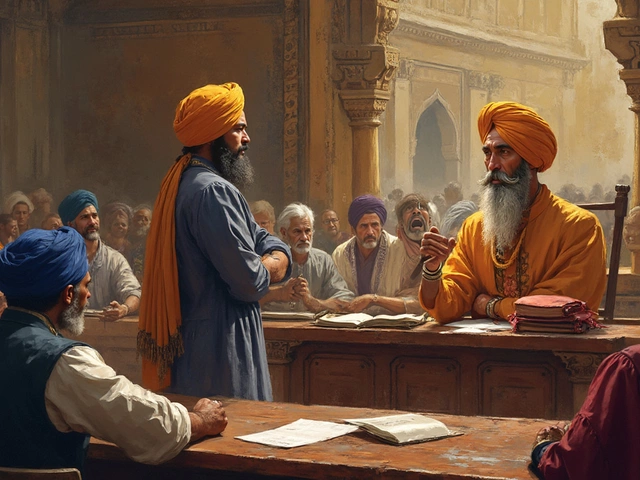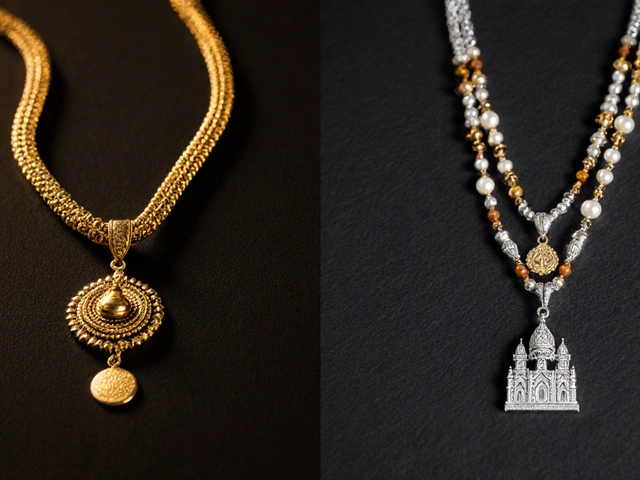Religious Tradition and Indian Jewellery: Meaning, Style, and Guides
Jewellery in India isn’t just about sparkle – it’s a living record of faith, family, and daily rituals. Every pendant, bangle, or nose stud can tell you which god is worshipped at home, what ceremony is coming up, or even a personal vow. Understanding these traditions helps you pick pieces that respect the culture and match your style.
Nose Studs and Faith
Women across many Indian religions wear nose studs as a sign of devotion. In Hinduism, a nose piercing often honors Goddess Parvati, symbolizing fertility and marital bliss. Muslim families may use a small hoop to mark modesty, while some tribal communities see it as a rite of passage. The key is the placement – the left nostril is linked to the female reproductive system, so many believe it balances health and spirituality.
If you’re buying a nose stud, check the metal. Gold or silver stamped with a BIS hallmark ensures it won’t react with the skin or cause infection. Look for a simple design if you want a timeless piece, or choose a tiny gemstone like a ruby for a more festive vibe. The right stud can become a daily reminder of your heritage without feeling heavy.
Black Bangles, Mangalsutra & Symbolic Pieces
Black bangles are more than a fashion statement. In many Hindu households, they ward off the ‘evil eye’ and protect against negative energy. The deep hue is believed to absorb bad vibes, so wearing them during festivals or while traveling is common. Pair them with gold or silver for a striking contrast that still respects the tradition.
The mangalsutra is another anchor of religious tradition. While the red and gold thread represents marital commitment, the black beads woven into the necklace have their own story. They’re said to attract prosperity and keep unwanted forces at bay. Modern designs now mix black onyx, quartz, or even tiny diamonds, but the core symbolism stays the same – a blend of love, protection, and spiritual balance.
Even the Bible touches on marriage symbols that echo the mangalsutra’s meaning. Some Christian scholars note that the act of tying a knot mirrors vows, and the use of a rope or chain can be a shared cultural motif. This crossover shows how love symbols often travel across faiths, adapting while keeping their heart.
Other rituals, like breaking glass in Hindu ceremonies, also link to jewellery choices. A shattered glass can signify the removal of negativity before a new celebration begins. Many families then gift a fresh piece of jewellery – a gold ring or a simple bracelet – to mark the clean slate.
When you shop, ask the seller about the hallmark, the story behind the design, and how it fits within your personal or family tradition. Most reputable Indian jewellers, like RH Jewellers India, can guide you on purity marks like 875 for gold or 833 for silver, ensuring the piece is both authentic and meaningful.
Choosing jewellery with religious tradition in mind isn’t about superstition; it’s about honoring centuries of cultural wisdom while looking great. Whether you opt for a delicate nose stud, a pair of black bangles, or a modern mangalsutra with black beads, the piece will carry a story worth wearing every day.
So the next time you’re tempted by a shiny new design, pause and ask: does this piece speak to my faith, my family’s customs, or the values I hold dear? If the answer is yes, you’ve found more than an accessory – you’ve found a piece of living tradition.
Can Christians Wear Kada? Breaking Down Faith, Culture, and Traditions
Wondering if Christians can wear a kada? This article gets straight to the point, exploring whether it's okay for Christians to wear this traditional Indian bracelet. We look at what a kada means, what different Christian communities think, and how people balance faith with cultural practices. You’ll also get practical tips for making thoughtful decisions about wearing religious or cultural jewelry. If you’ve ever been confused about mixing belief and tradition, here’s what you need to know.





